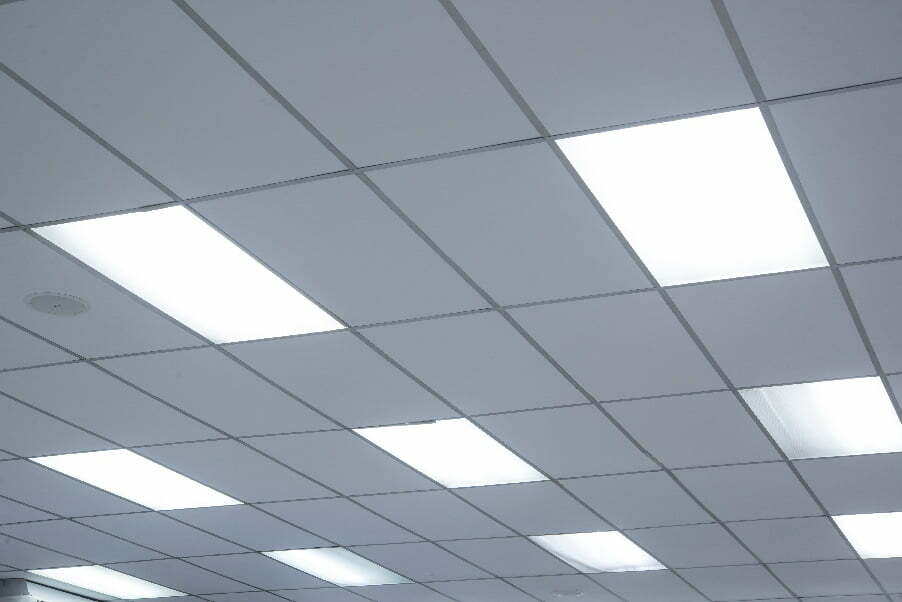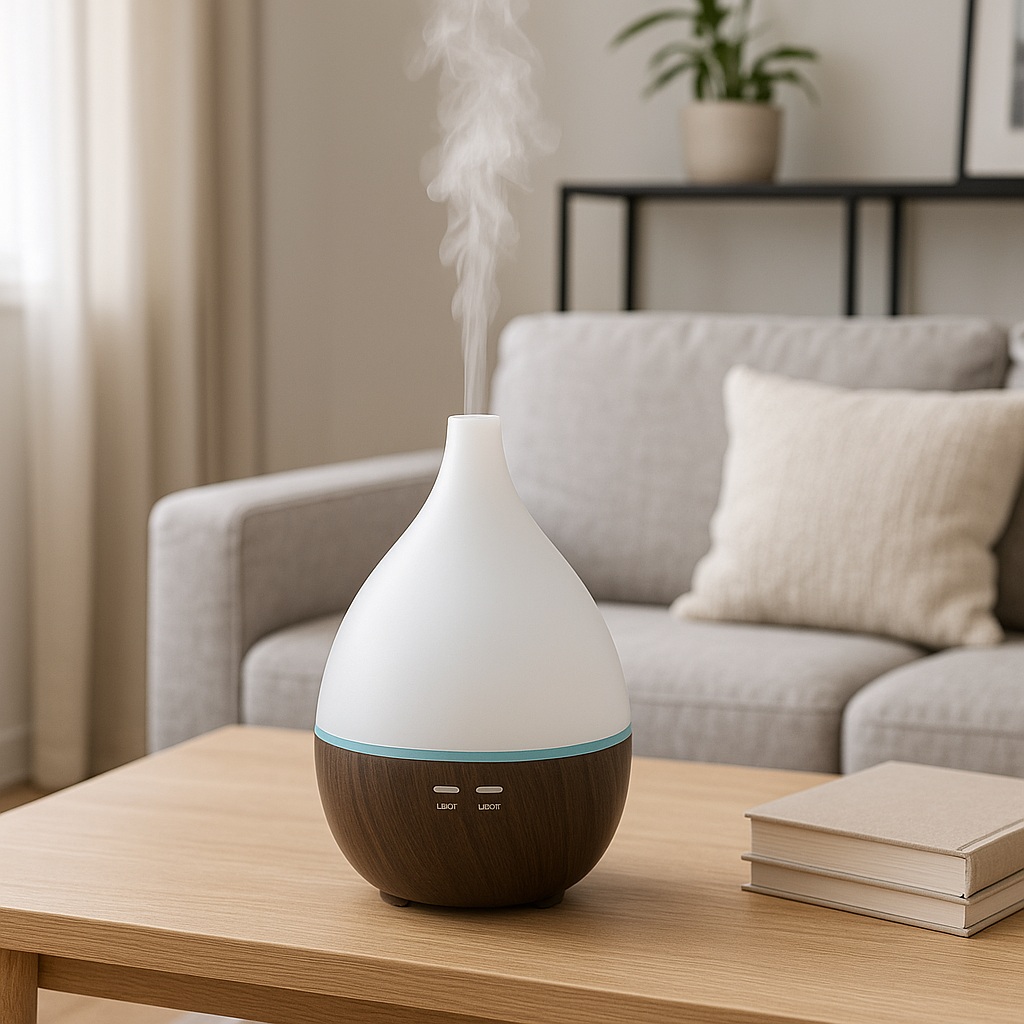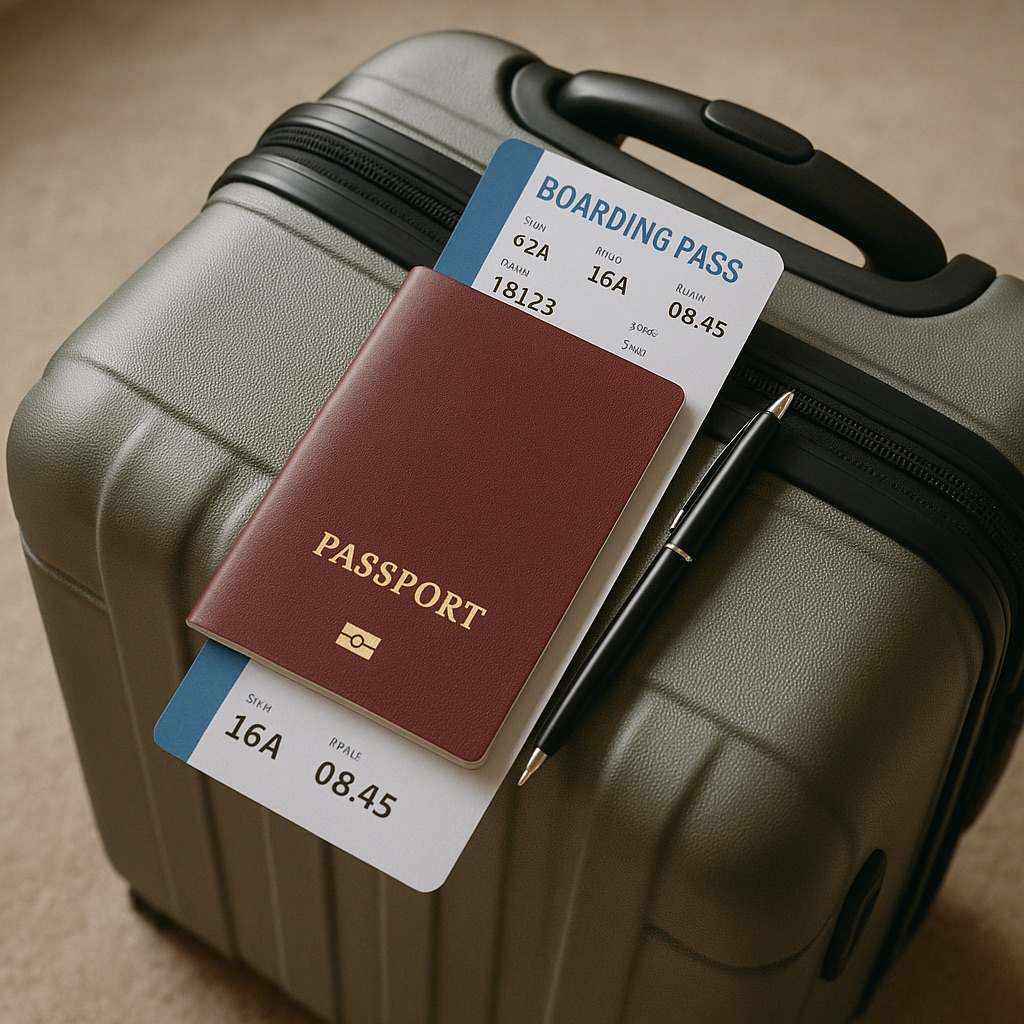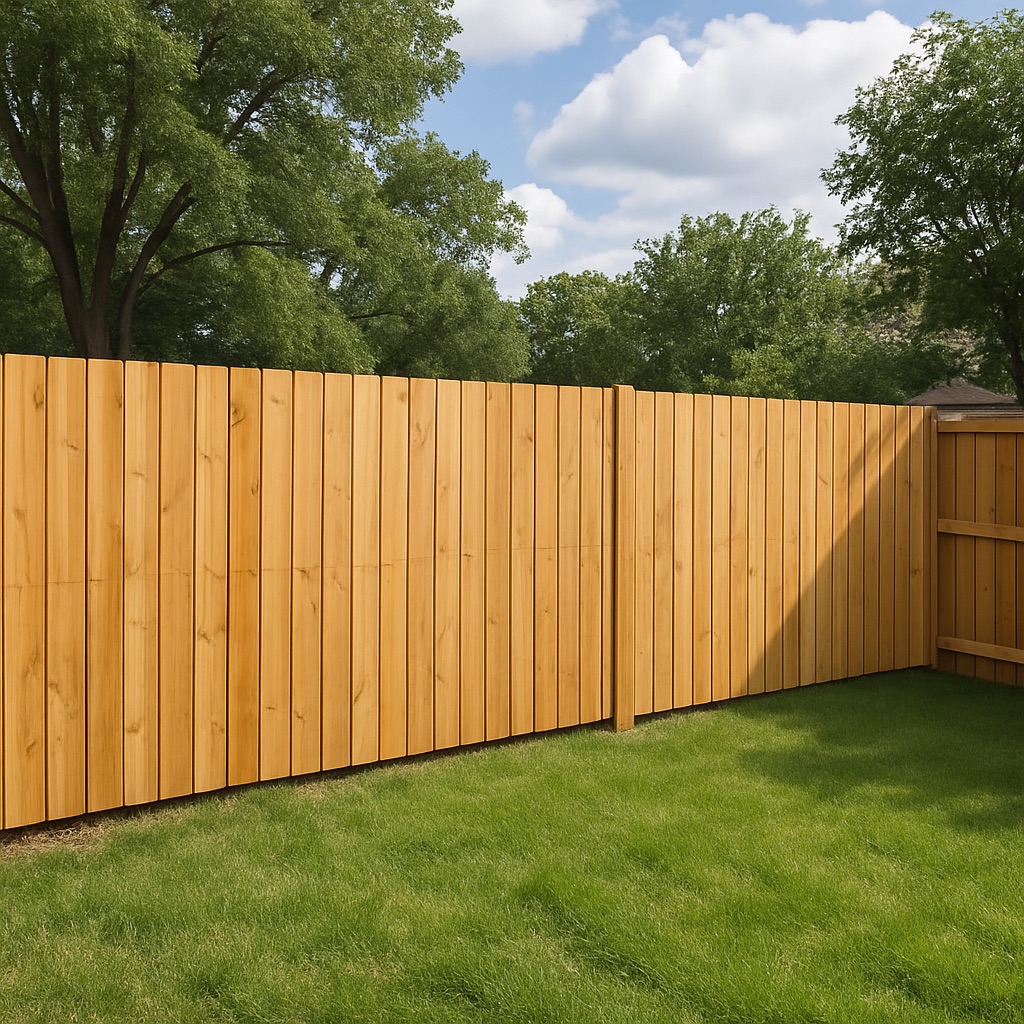Last updated on
Designing a successful office space is no easy feat. The design of your office impacts the productivity and morale of your employees, which can directly affect their performance and success in the workplace.
Therefore, it’s important to ensure that you have an office layout that encourages collaboration, creativity, and efficiency among staff members.
From choosing furniture to creating open spaces for meetings and brainstorming sessions, there are many things to consider when designing a successful workspace.
Here are seven tips to help you create an effective and productive office environment.
Table of Contents
Think About the Lighting Layout

Lighting plays a big role in creating an inviting and energizing workspace. Natural lighting is best, so consider the location of windows or skylights when planning your office design.
However, it’s also important to factor in artificial lighting for those areas where natural light is lacking. For example, task lights can be placed around desks to provide additional illumination for staff members.
On the other hand, if you upgrade your business premises with LED flood lights, there is a higher chance to save on energy costs and reduce your carbon footprint. Lighting options should be carefully chosen to maximize the overall effectiveness of your office space.
Consider the Flow of Traffic

It’s important to create an efficient flow of traffic in your office. Ensure that your furniture is placed in such a way that it won’t obstruct movement or block any paths.
Consider which areas are typically high-traffic zones (such as the reception area or break room) and ensure that those areas have enough space for people to move through them comfortably.
On the other hand, you may want to create designated quiet zones for employees who need some extra privacy or require an area to work in peace. Even if your office is small, taking the time to plan out a proper traffic flow can make a big difference in its overall functionality.
Invest in Ergonomic Furniture
Investing in ergonomic furniture can help ensure comfort and productivity among employees while they work.
Choose chairs, desks, and tables with adjustable heights so that everyone can adjust them to their own preference for maximum comfort and focus at work.
The use of standing desks or sit-stand desks can be beneficial for employees who need to stand while working or take frequent breaks throughout the day.
Create Open Spaces for Collaboration
Open spaces are key for collaboration between employees as it allows them to brainstorm ideas together more effectively without being cramped up next to each other in small cubicles.
Consider creating an open layout with tables and chairs for group meetings and work sessions. You can also add whiteboards or chalkboards to encourage creative thinking among staff members.
Adding lounge areas and comfortable furniture to your workspace can help add a more relaxed atmosphere, which can be beneficial for sparking conversations between staff members.
Incorporate Color and Texture Into the Design
Adding different colors, textures, and patterns to your design help keep things interesting while also increasing creativity within the office. Choose furniture with interesting shapes and vibrant colors to bring life into the workspace.
Incorporating natural elements like plants or wood accents can help bring a sense of warmth and comfort to your office design. Consider adding wall art or framed photos to add visual interest and inspiration.
Using different colors and textures can also help create an environment that is less stressful, which is essential for boosting creativity.
Utilize Technology to Enhance the Design
Technology is rapidly changing workplace dynamics today, so it’s important to incorporate the latest gadgets into your office design. Consider the use of tablets, computers, and other digital devices to keep employees connected and productive.
Think about how you can utilize technology to create a more efficient workspace. For example, using smart lighting systems or motion-sensing lights can help save energy while also creating an aesthetically pleasing atmosphere in the office.
Stay Organized with Office Supplies
Having the right type of office supplies can make all the difference in maintaining productivity and organization in your workspace. Invest in storage solutions like filing cabinets or bookshelves to keep everything organized and accessible.
Consider purchasing organizational tools such as label makers or binder clips to help manage documents and other materials more efficiently. Try to keep the office clutter-free by creating a regular schedule for disposing of old paperwork and supplies that are no longer needed.
By following these seven best tips, you can create an office design that is both comfortable and conducive to productivity. With careful planning and thoughtful execution, your workspace can be transformed into a modern and efficient environment that supports employees in their daily tasks.
Good office design is essential for creating an atmosphere that encourages productivity, creativity, and collaboration among staff members. By following these best tips for office design, you can create a welcoming, comfortable workspace that will keep your team motivated and focused on their work.




